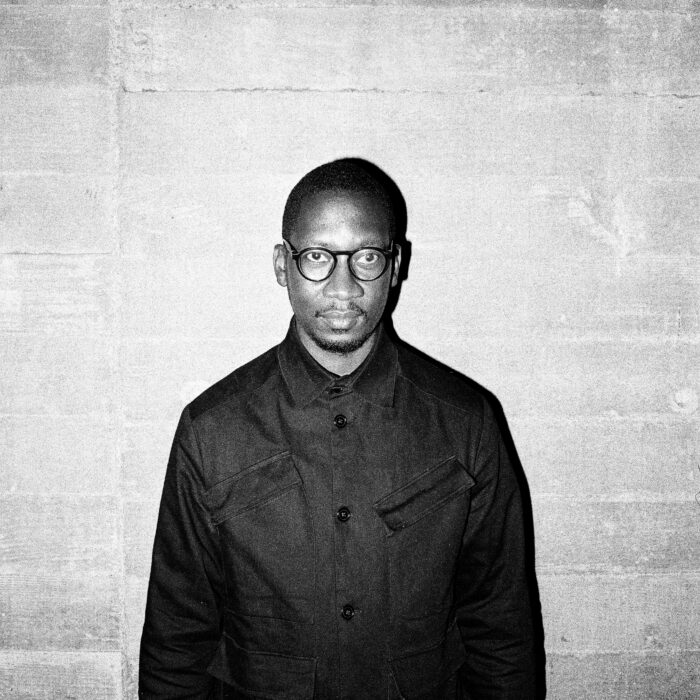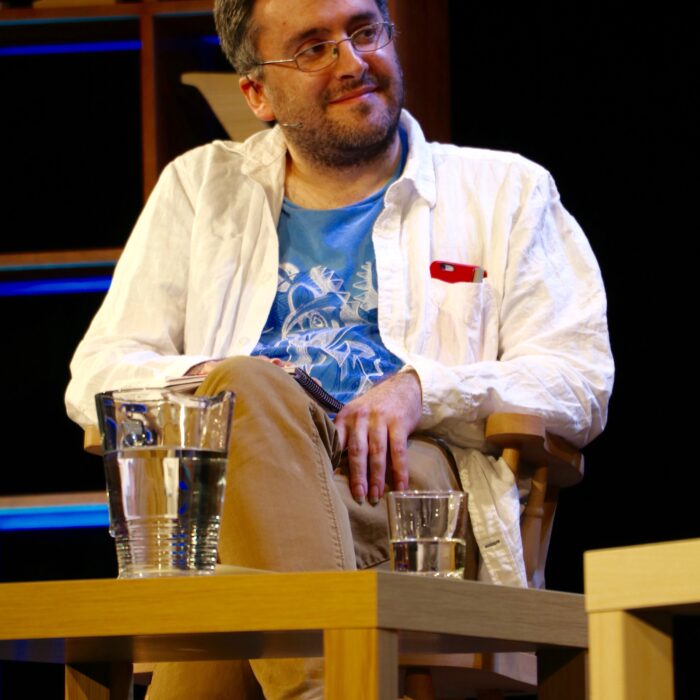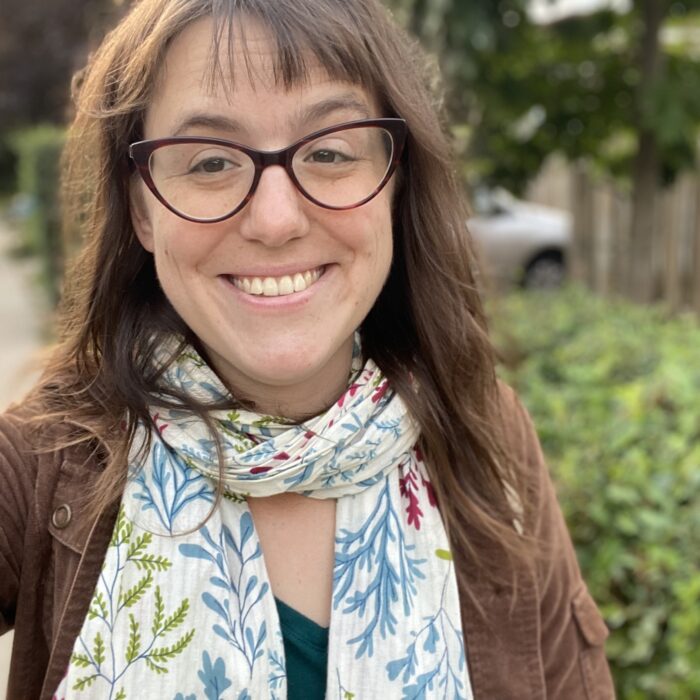You have no items in your cart. Want to get some nice things?
Go shoppingPeggy Riley is an American author and playwright who has lived in the UK for some years. We talked to her about her new novel, Amity and Sorrow, the story of Amaranth and her two daughters and their flight from the polygamous cult where the children have been brought up.
 Tell us about how you came to write “Amity and Sorrow”.
Tell us about how you came to write “Amity and Sorrow”.
I had the idea for a long time before I decided to try writing fiction. I had seen a picture in a newspaper of a wooden church on fire, on a prairie. I thought it would be a fantastic way to start a piece – but I knew it would be impossible to put it on stage. The idea made me want to change how I wrote, to tell the story that came from the picture when I began to ask “what if”.
When you first set out, did you already know that you would concentrate a large part of the story in the period after Amaranth has fled from the cult with her children? Why did you choose to do this?
I deliberately began with the fire and the leaving of the cult, as I had read too many books that ended there. Most books about cults are a build up to the leaving, with only an epilogue to cover what happened next. I was more interested in how the women would cope – or not – after leaving, as opposed to how they left and why. But then, the how and why were too important to the characters to leave out. The book moves backward and forward from the moment of leaving, the history chapters moving backward and the bulk of the book moving forward, into what happens afterward.
You have said that Amity and Sorrow is about ‘god, sex and farming’? Can you give readers a little bit of insight into this?
They are three strands that were particularly important in the writing of the piece. The words reminded me to keep them in balance, to play each one off the other. Most of my pieces come about as an odd juxtaposition of contrary or opposing elements. God and sex are often in opposition in books and dramas. Sex and farming are often found together. So, I combined the three, together and in opposition. Some might say, less of the farming, please.
All the characters, possibly apart from Sorrow, try to do their best, but all are hampered by their limitations. These are not people who ever had big chances and they’re doing their best to cope with what life has dealt them. You’re very honest and non-judgemental in your portrayal of Amaranth as a mother: what drew you to write a story based on these people?
I felt I couldn’t judge any of the characters. Even Sorrow is coping the only way she knows how. They are all making the best decisions that they can, using what limited resources are available to them. I had to follow the cause and effect of the cult on its people, on the children, on the women and on Amaranth, who is consumed with guilt for her own culpability. But in exploring the history of the cult, we see that she, also, made the decisions she did because of her own limitations. Her children, in turn, are far more limited because they have been so cloistered, so protected, so manipulated. I have tremendous compassion for all of them, for every woman who joined the community because it was the best option she had at the time, for Zachariah, who truly believes he can build a new Eden. I feel for Sorrow’s desire for power and autonomy and her inability to understand how and why all the rules have changed, all of a sudden. I couldn’t write them any other way.
 You never say exactly when the story is taking place. This gives it an extra other worldly quality. We see Amity struggle with learning the basic signs and rules of the world outside the cult, but there’s also something in the world of the farm that doesn’t belong to the here and now.
You never say exactly when the story is taking place. This gives it an extra other worldly quality. We see Amity struggle with learning the basic signs and rules of the world outside the cult, but there’s also something in the world of the farm that doesn’t belong to the here and now.
I wanted to write a piece that didn’t feel modern, but that was in the modern world. The cult is living off the grid without technology, which also increases their isolation and their ignorance of the outside world. I also wanted Bradley’s farm to feel old fashioned, worn out. It is a failing farm and he can’t afford the equipment or technology that would allow it to compete with the larger farms all around him. And the ghost of the Dust Bowl, the ghosts of the Joads and the The Grapes of Wrath loomed pretty large while I was writing.
Indeed, John’s Steinbeck’s The Grapes of Wrath figures in the narrative. How important was this book was for you when you were writing?
It was terribly important. You cannot approach Oklahoma or the Panhandle without dealing with it. My grandmother is from Oklahoma and I grew up with that sense of “Okies” and all the Oklahomans who left during the Dust Bowl, coming to the California where I grew up. My problem was that I wanted to write about men who had lived through the Dust Bowl, too stubborn to leave, perhaps, or unwilling to believe that life will be greener anywhere else. And I didn’t know if they actually existed. So, I also owe a debt of gratitude to Timothy Egan, whose book The Worst Hard Time, was about those survivors. And then I knew I was on the right track, luckily!
Do you think that readers in the US and readers in Europe may have a different response to the book because of the different ways that religious faith tends to be acted out on the two continents?
The responses have been very different, yes. I suppose the book is less alien in the States. Americans are more aware of the faiths and cults that are referenced in the book. They are, perhaps, more aware of the impact that faith has on the lives of these women and how difficult it is to break free of it. In America, readers seem to feel it is more “true”. In Britain, readers seem to understand and respond to its darkness, and have less context for the history of handmade American faiths and cults. I wanted to create my own faith from all the faiths and cults that I remember while I was growing up, from the California cults of Charles Manson and Reverend Jim Jones, the Moonies and Hari Krishnas, the raids on the Branch Davidians in Waco and the recent raids on the fundamentalist polygamous compounds of Warren Jeffs. It is, I suppose, more exotic in Britain. I am simply grateful to have the book available in both, as my head is probably somewhere in between.
What impact do you think your work as a playwright has on your prose?
I felt like I had to learn how to write, all over again. And my first draft reads as if I’m describing what’s happening on stage, over there somewhere. I had a lot to learn and I’m still learning. Dialogue is still the most comfortable method for me to deliver the drama of a chapter. I still think and plan as a playwright, in terms of structure and time frames and character arcs – perhaps I always will – but I am enjoying the feeling of stretching out in writing prose, in writing fiction. I don’t have to fit my story on a certain stage and within a budget. If I want 50 wives, I can write them in and not worry about casting. I can add as many beds (a no-no on stage) and goats as I like.
What’s your response to the idea of the book making a good film?
Well, as a playwright, I would tend to agree! And I did try to put the story on stage, but it was never successful. I am a visual writer and my pieces begin with place, with setting, with the world of the story. I can see it. Wouldn’t it be lovely?
Amity & Sorrow is out now from Tinder Press. Read our review of it here.

About Kate Brown
Kate Brown is an English writer and filmmaker who lives in Berlin. Her films have been screened at festivals and on television in Europe and the USA. Her short stories have been published in the Bristol Short Story Prize Anthology: Volume 3 and by Cinnamon Press, among others.




Interview with @Peggy_Riley about new novel “Amity & Sorrow”, following the lives of a family who escape from a cult. https://t.co/4DnjASB0gv